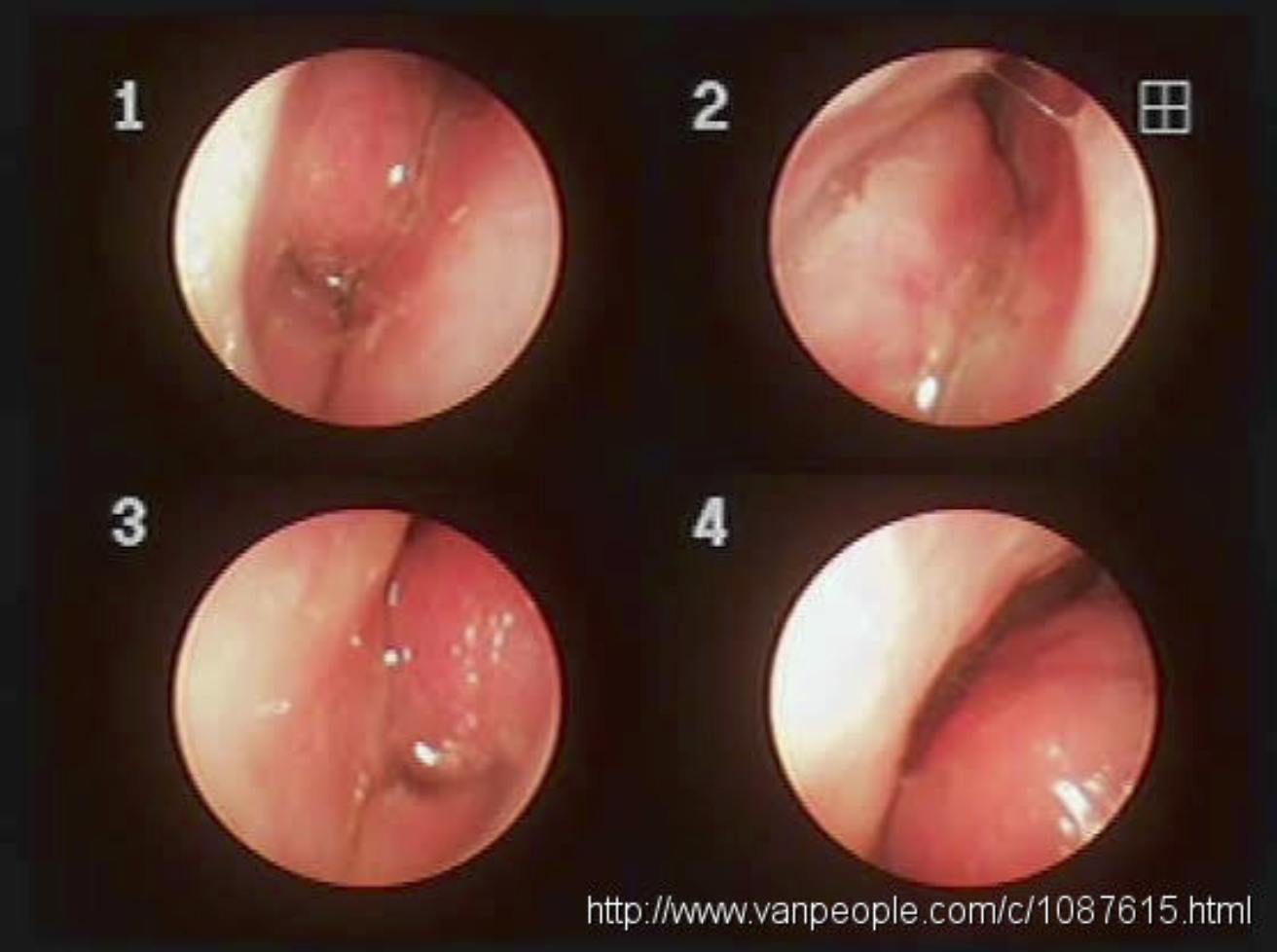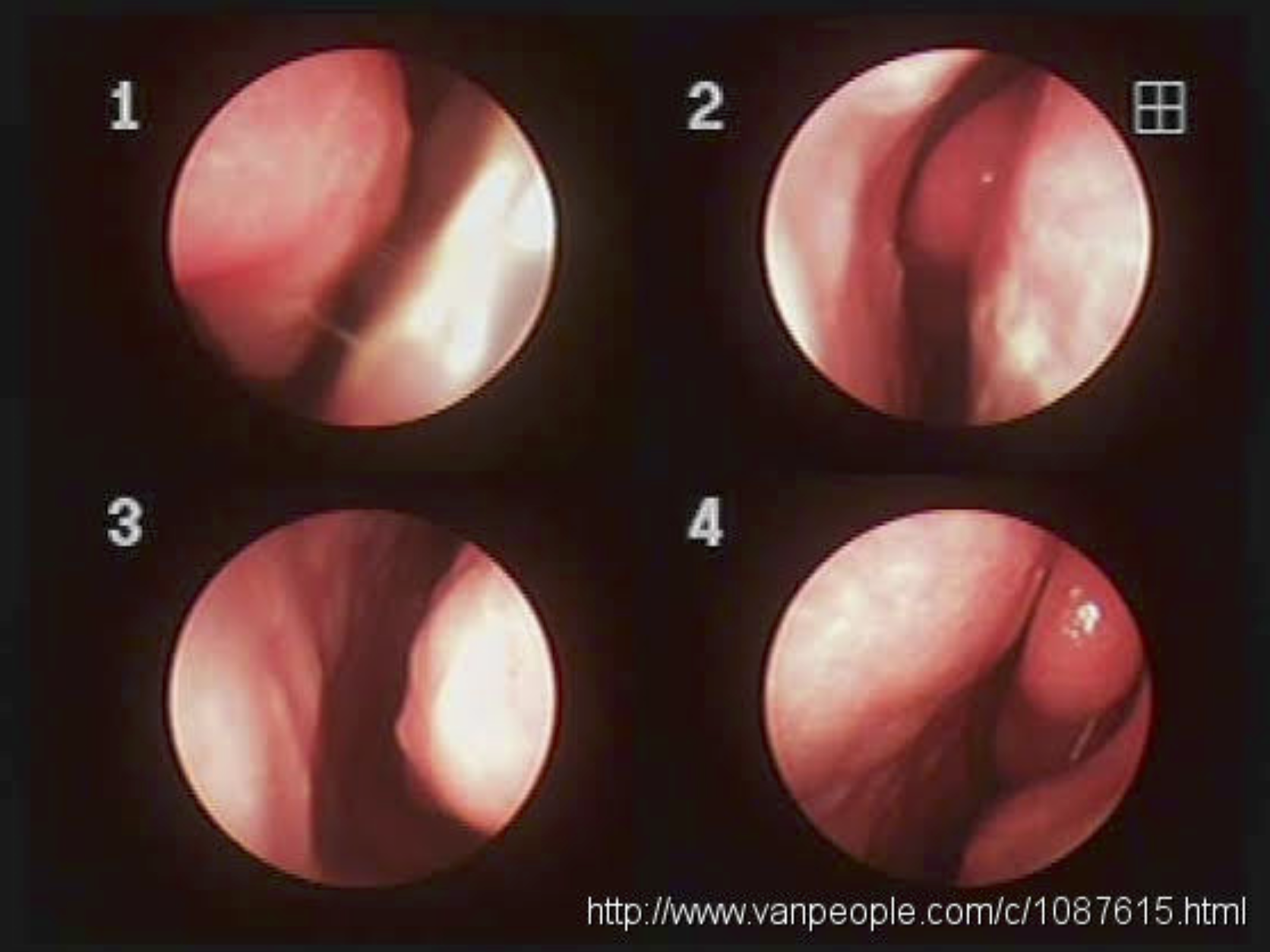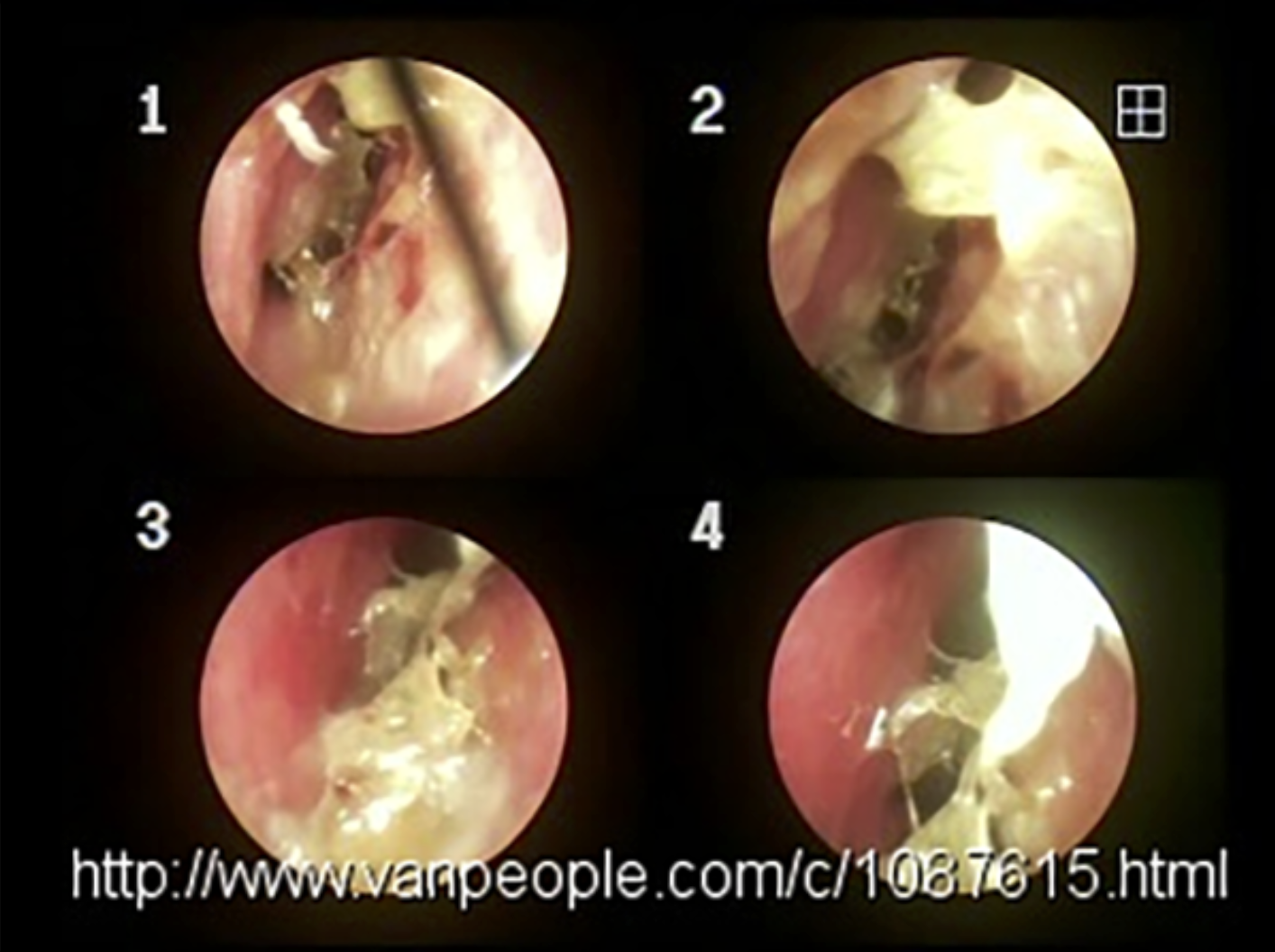Allergic Rhinitis
Definition and Causes
Allergic rhinitis is a condition where the body's immune system abnormally reacts due to genetic and environmental factors.
For example, substances such as pollen, dust mites, and fine dust, which typically do not affect healthy individuals, are recognized as harmful by the noses of those with allergic rhinitis. This recognition triggers defensive responses such as runny nose and sneezing.
Allergic rhinitis can be broadly categorized into seasonal and non-seasonal types. Seasonal allergic rhinitis occurs in spring and is triggered by pollen, trees, fine dust, etc.
In contrast, non-seasonal allergic rhinitis occurs when exposed to substances not related to the seasons, such as cat or dog dander or mold.
Allergic rhinitis is a common chronic condition affecting up to 33.9% of Koreans (Korean Academy of Asthma, Allergy, and Clinical Immunology).
Worldwide, it is estimated that over 500 million people suffer from allergic rhinitis. While allergic rhinitis is not a life-threatening condition, it significantly reduces quality of life due to frequent symptoms like a runny nose and sneezing.
Major triggers and exacerbating factors for allergic rhinitis include pollen, dust mites, mold, pet dander, air pollution, cold air, cigarette smoke, irritating gases, colds, respiratory infections, and sudden changes in temperature and humidity.
Major Symptoms of Allergic Rhinitis
- Continuous and frequent sneezing
- Persistent clear nasal discharge
- Itching around the nose and eyes
- Nasal congestion
- Itching and pain in the eyes, roof of the mouth, and throat
- Frequent tearing
- Headaches and frequent nosebleeds
Lifestyle Management for Allergic Rhinitis
- Wash bedding every two weeks in water above 55°C. It is best to avoid using carpets if possible.
- Use synthetic or natural rubber pillowcases instead of those filled with seeds or feathers.
- Do not use the bedroom for activities other than sleeping, such as work or play.
- Wash stuffed animals made of fabric in water above 55°C. If washing is difficult, placing them in the freezer for over 24 hours can also be effective.
- Minimize furniture made of fabric and, if possible, replace it with leather (or synthetic leather) items.
- Clean the house frequently, and people sensitive to dust mites should avoid staying in the room immediately after cleaning.
- Maintain indoor temperature between 19-21°C and indoor humidity at 40-50%.
- Avoid ventilating the house during peak pollen times in the morning. Exercise in the late afternoon if possible.
- Remove mold with bleach.
- Stay hydrated by drinking water or tea regularly.
- Contact lens users should opt for glasses instead of contacts.
- Wear a dust mask when going outside.
Treatment of Allergic Rhinitis
At AIBI Clinic, we use a range of treatments to maximize the chances of complete recovery. This includes natural herbal sprays, cleansers, various herbal ointments, and diverse Western diagnostic and treatment equipment. Our comprehensive approach aims to enhance the effectiveness of treatment for allergic rhinitis.
Before
Continuous and frequent sneezing, persistent clear nasal discharge, itching around the nose and eyes, nasal congestion, itching and pain in the eyes, roof of the mouth, and throat, frequent tearing, headaches and frequent nosebleeds
After
At AIBI Clinic, we use a range of treatments to maximize the chances of complete recovery. This includes natural herbal sprays, cleansers, various herbal ointments, and diverse Western diagnostic and treatment equipment. Our comprehensive approach aims to enhance the effectiveness of treatment for allergic rhinitis.


Chronic Rhinitis
Causes
Chronic rhinitis can be caused by temperature changes, air pollution, and chronic irritation, and can be broadly classified into infectious and non-infectious types.
Infectious chronic rhinitis, caused by bacteria, can occur if acute rhinitis (colds) is inadequately treated and recurs repeatedly, or if it is associated with chronic sinusitis or recurrent tonsillitis. It can also arise in cases of poor general nutritional status.
Non-infectious chronic rhinitis may result from autonomic nervous system imbalance, hormonal imbalances, medication, emotional stress, nasal structural abnormalities, or nasal tumors.
Symptoms
The most common symptom is chronic nasal discharge. Severe nasal congestion may lead to mouth breathing if both nasal passages are blocked, and post-nasal drip can occur if nasal secretions flow down the back of the throat.
Persistent inflammation may expose the nerves of the nasal mucosa, leading to paroxysmal sneezing, and there may be loss or reduction of the sense of smell.
Lifestyle Management for Chronic Rhinitis
For chronic rhinitis sufferers, it is beneficial to control humidity to prevent dryness. If the nose is dry, applying warm saline inside the nasal passages can be helpful. General preventive measures include washing hands thoroughly and avoiding triggers such as dust, fatigue, stress, sudden temperature changes, cigarette smoke, and exhaust fumes.
Treatment of Chronic Rhinitis
At AIBI Clinic, we use a comprehensive approach to treatment, including herbal sprays, cleansers, and various herbal ointments, along with diverse Western diagnostic and treatment equipment. Our aim is to maximize the effectiveness of treatment and achieve complete recovery.
Before
The most common symptom is chronic nasal discharge. Severe nasal congestion may lead to mouth breathing if both nasal passages are blocked, and post-nasal drip can occur if nasal secretions flow down the back of the throat.
After
At AIBI Clinic, we use a comprehensive approach to treatment, including herbal sprays, cleansers, and various herbal ointments, along with diverse Western diagnostic and treatment equipment. Our aim is to maximize the effectiveness of treatment and achieve complete recovery.


Sinusitis
Definition
The nasal area contains four types of air-filled spaces within the bones, known as sinuses. These sinuses are connected to the nasal cavity through small openings called natural orifices, which allow for ventilation and drainage of secretions.
The condition commonly referred to as sinusitis is medically known as sinus inflammation, which involves acute or chronic inflammation of the mucous membranes in the nasal cavity and sinuses.
Symptoms
Acute Sinusitis:
- Green or yellow nasal discharge
- Facial pressure and pain around the cheeks and eyes
- High fever (above 38°C)
- Pain in the upper molars
Chronic Sinusitis:
- Post-nasal drip
- Headache
- Low-grade fever (below 38°C)
- Nasal congestion
- Chronic sore throat and cough
- Decreased or loss of sense of smell
Self-Diagnosis Criteria for Sinusitis (According to the American Academy of Otolaryngology):
- Feeling of facial pressure without a specific cause
- Frequent headaches
- Persistent nasal congestion
- Nasal discharge dripping down the back of the throat
- Yellowish nasal discharge
- Cold symptoms lasting about 10 days
- Constant sensation of low-grade fever
- Bad odor from the mouth or nose
- Pain in the upper teeth
If you have three or more of these symptoms, there is a high possibility of sinusitis.
Treatment of Chronic Sinusitis
At AIBI Clinic, we use a comprehensive approach to treat chronic sinusitis. This includes herbal sprays, cleansers, and various herbal ointments made from natural herbal medicines, along with a range of Western diagnostic and treatment equipment. Our goal is to maximize the effectiveness of treatment and achieve complete recovery.
Before
If you have three or more of these symptoms, there is a high possibility of sinusitis.
After
We use a comprehensive approach to treat chronic sinusitis. This includes herbal sprays, cleansers, and various herbal ointments made from natural herbal medicines, along with a range of Western diagnostic and treatment equipment. Our goal is to maximize the effectiveness of treatment and achieve complete recovery.



